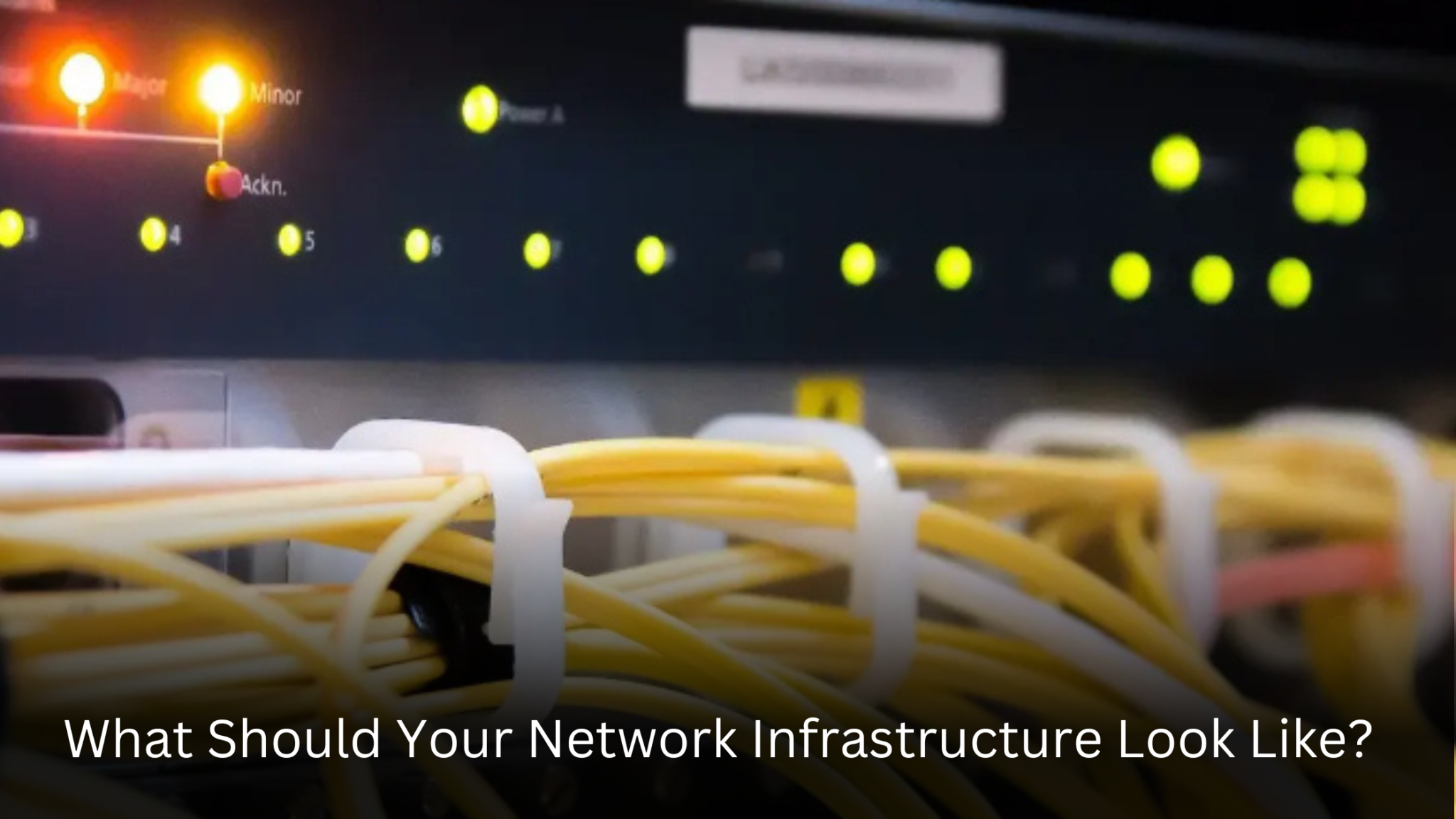
As with everything else related to information technology, computer networks are evolving. New technical capabilities, new work habits, and new security threats lead to new demands for network performance, security, and reliability. An old-fashioned network architecture was well-designed when it had servers, hard disks, routers, and a firewall. It was usually serving certain physical locations, though those locations may have been geographically dispersed. That type of network doesn’t always work today thanks to changes in technology, work habits, and organizational environments. Modern network infrastructure tends to be cloud-based, not location-based. That is the shortest possible definition of what has changed.
Traditional Network Infrastructure
Your network needs to perform three functions – network security, processing, and data accessibility. In simplest terms, those functions are just what they sound like. Your network needs to protect your systems and data while providing easy access for authorized users and reasonable processing speed. Remember that these elements need to be present in your current network, in some form.
Effective communication is fundamentally important, so your network would have a variety of hardware and some software to connect users and databases. Those tools would include wireless or satellite connections, a network operating system, IP addressing, and physical communication lines connecting machines or connecting the network to the Web. Network operating systems are different from the Windows or macOS software that runs your personal computer.
Older networks carried out those functions by running software and databases on servers that resided behind a corporate firewall. In addition to servers, the network used routers, switches, and hubs depending on how complex the network was.
Some network infrastructure still looks like in terms of hardware. The network would run several business-related applications, always a database program of some sort and content management plus a website.
Understanding Modern Network Infrastructure
Modern networks are different in a couple of important ways. The evolution of cloud computing has changed things as this seems to be the new standard for delivering data and services in a modern network infrastructure. A modern network infrastructure still needs to provide security, speed, and access but how that works has changed. In the 1990s, cloud computing was something you talked about if you were a computer networking specialist or a computer scientist. Now, being “on the cloud” is the norm with Amazon Web Services and Google offering pretty much everything a network needs.
A network infrastructure that works for some smaller businesses might not be appropriate for a medium-sized or large organization. The old client-server model might work but businesses and government entities have moved to a cloud-based network architecture. Others are in the process of making that transition. So, what does a cloud network architecture look like?
A network may include a few servers that store data, which must be accessed through various other servers and routers. The same is true for services like reporting or data analysis. Edge computing brings those services and databases closer to the users by placing them on servers at the “edge” of a company cloud.
What a Modern Infrastructure Looks Like
In the simplest terms, your network infrastructure needs to support the business and its customers by providing secure, stable, and fast access to information or services. In the late 1990s, you could probably deliver adequate service servers, routers, a public-facing website, and perhaps a second site for internal use. As technology has changed, business requirements have evolved in response to customer expectations, government regulation, and the evolving cybersecurity landscape.
Your infrastructure may need to be tweaked to meet new data security regulations. Pretty much every business that handles personal health information has been affected by HIPAA (Health Insurance Portability and Accountability Act of 1996) rules. Other regulations and industry standards may shape network architecture in other industries.
Hackers were around 20 years ago, but their tactics and tools have evolved. A network today needs to have robust protection against various attacks. Policy changes must complement security or software; no computer program can prevent an employee from unwittingly sharing login information with a hacker, for example.
How to Implement a Modern Network Infrastructure
If your network is more than a few years old, it probably needs to be updated in some way. Figuring out what needs work and doing it is a five-step process:
- Evaluate your current network.
- Identify gaps in your network in areas like security, data processing, and software.
- Settle on a specific vision or design for your new network.
- Calculate the cost.
- Begin to build that updated network.
In the simplest cases, this can be a do-it-yourself project, but most organizations are going to benefit greatly from expert help. All but the simplest network infrastructure changes are going to be tough without expert advice and assistance though.
Creating a Modern Network Architecture Isn’t Easy
As technology constantly changes, so do networks. And just as Network security requirements have evolved, cloud computing offers new possibilities for sharing information, running fast services, and securing data from loss. Realizing those possibilities in a modern network infrastructure might be easy for a company with a dedicated IT staff and a big budget. Other business owners are well-advised to consult with network engineering experts.
If you would like to discuss the options for upgrading your business network, we invite you to contact us and schedule a discovery call.


